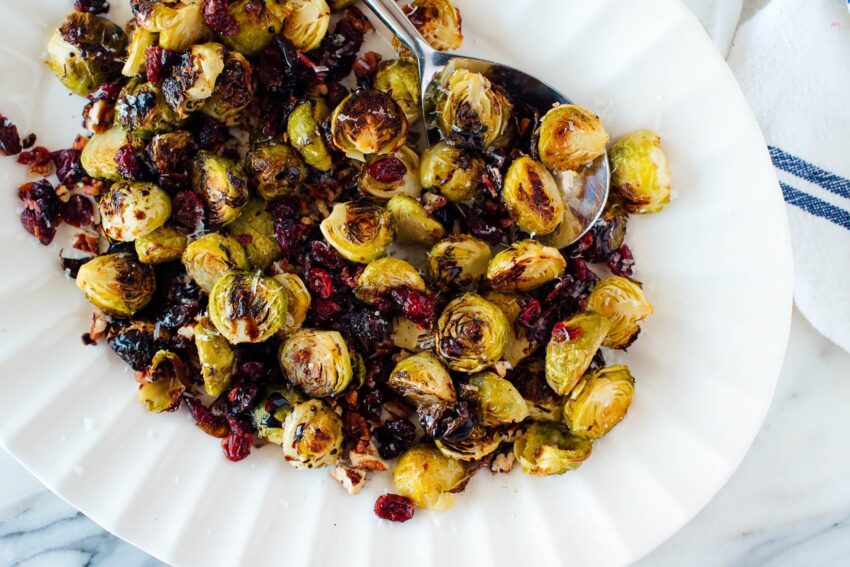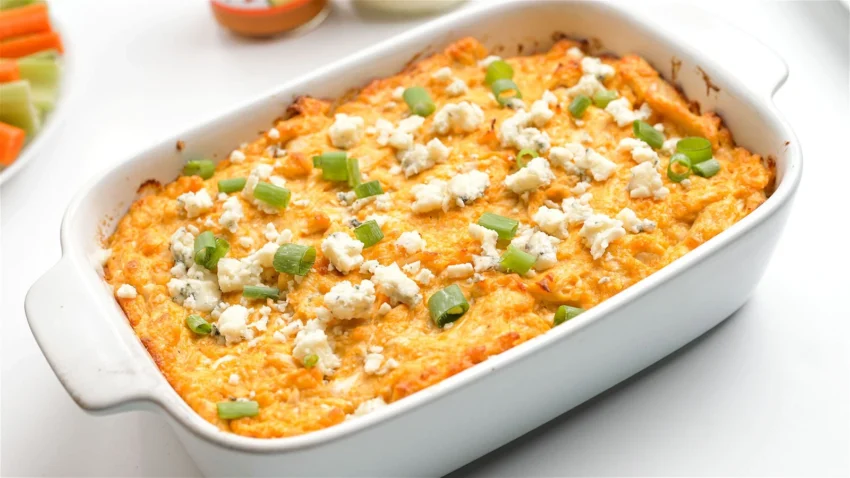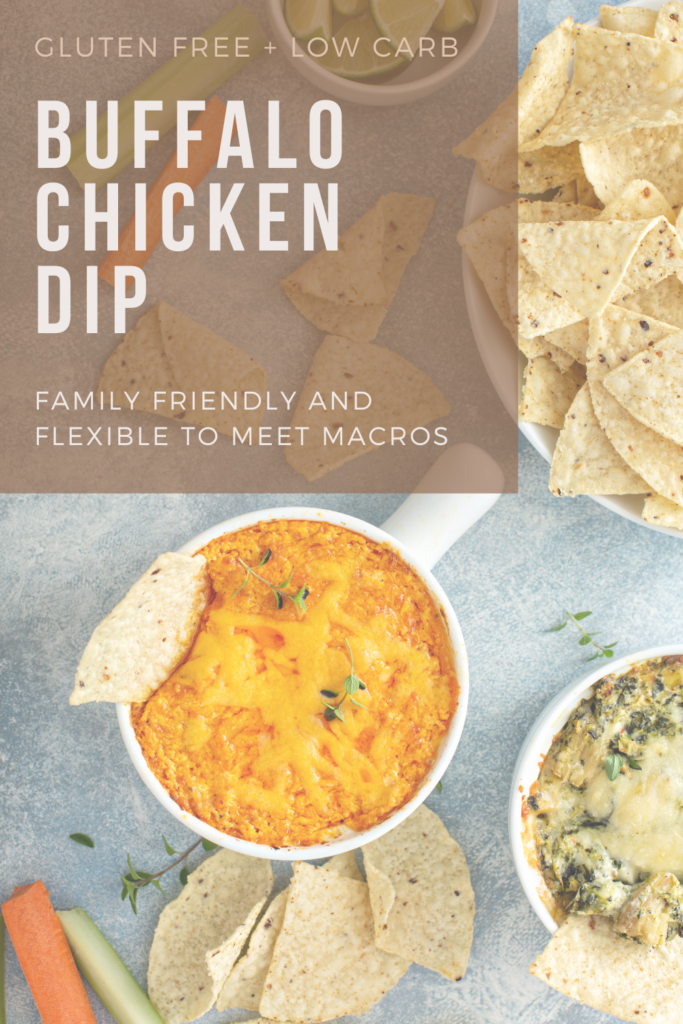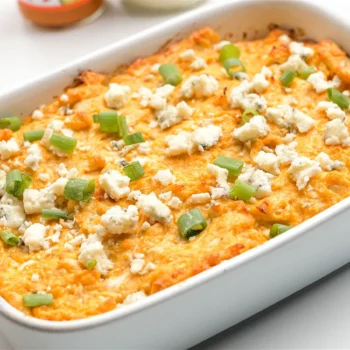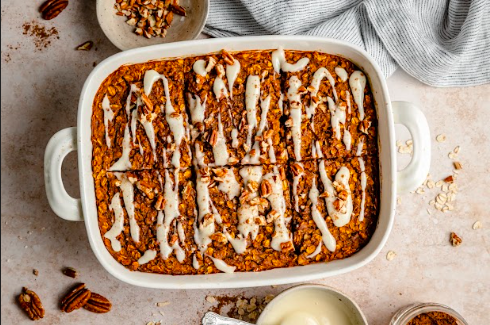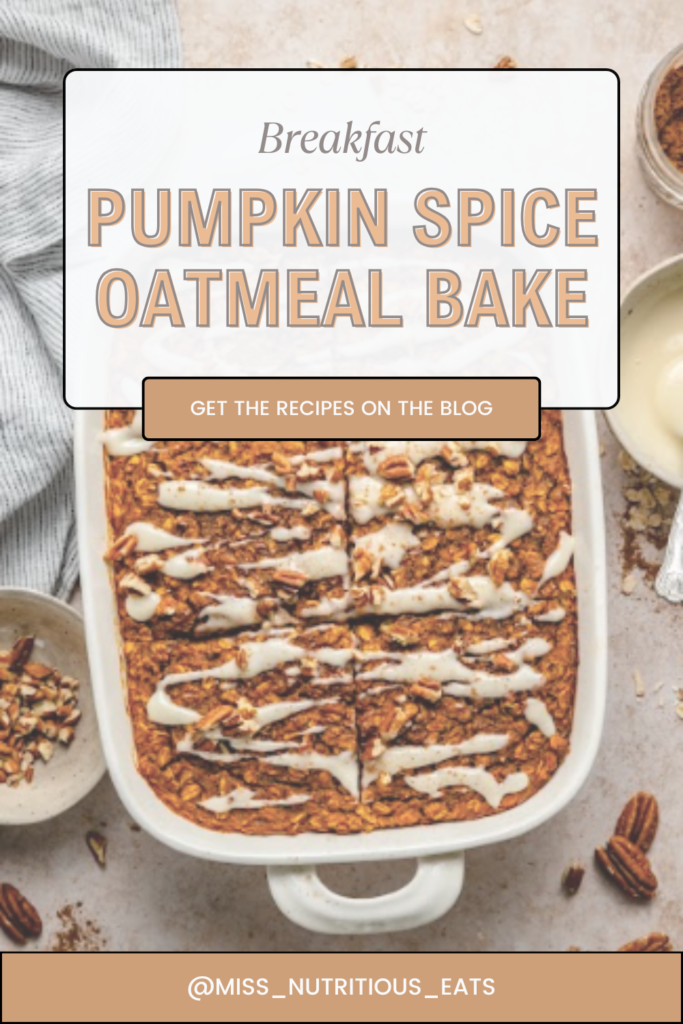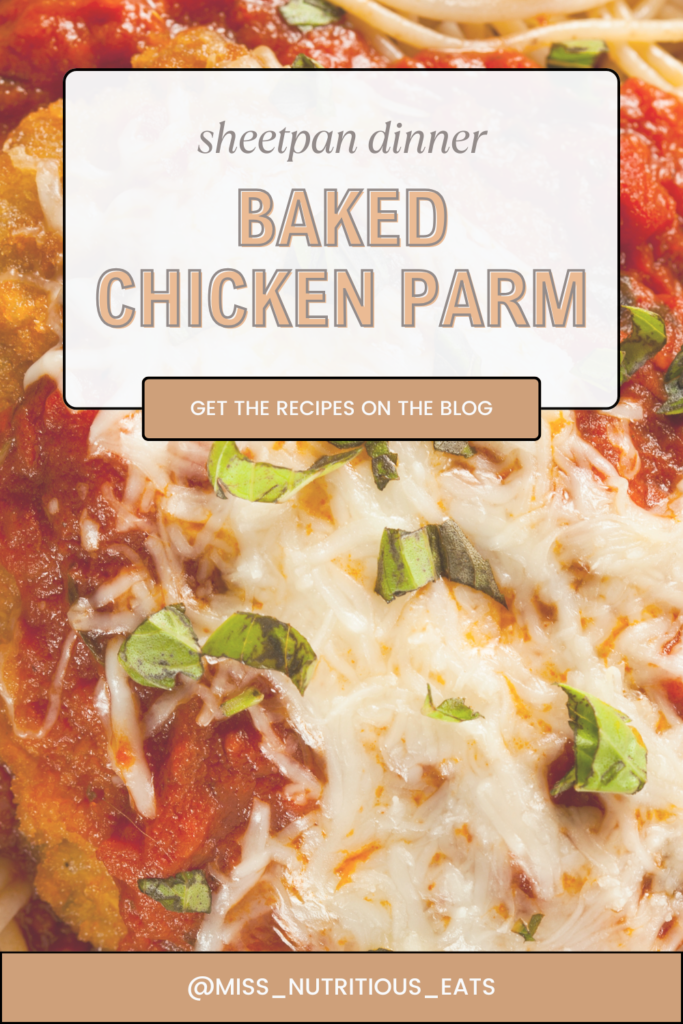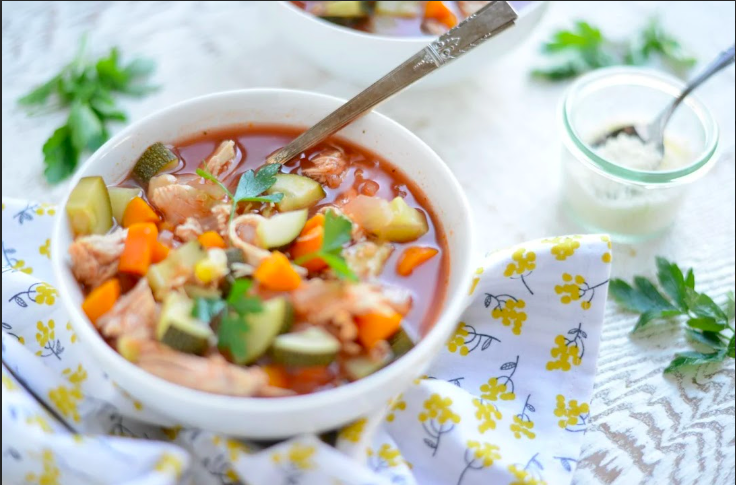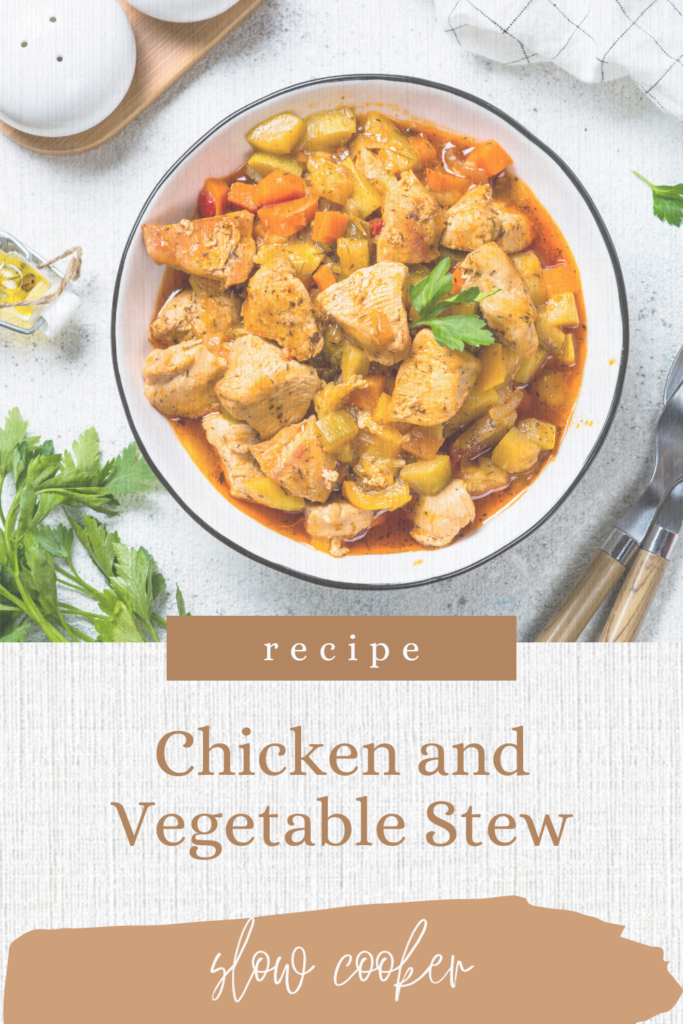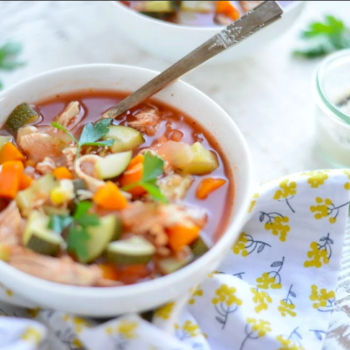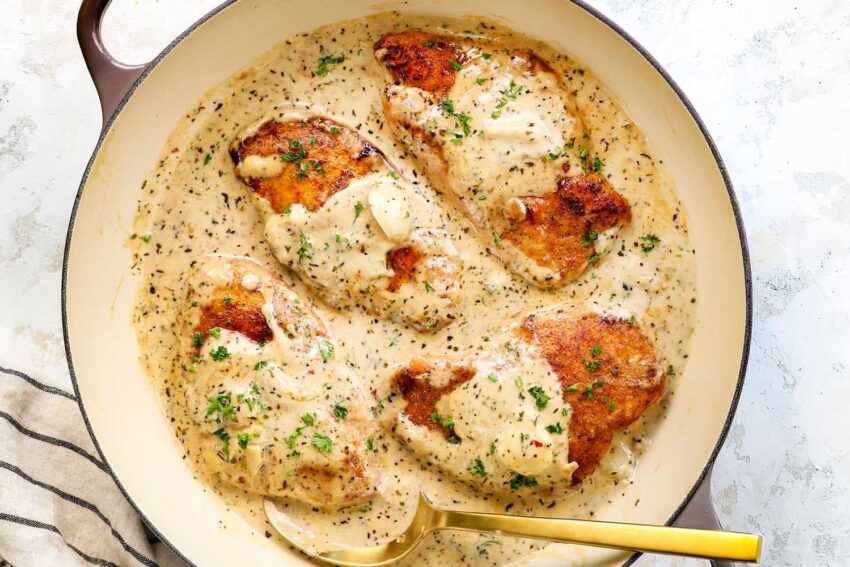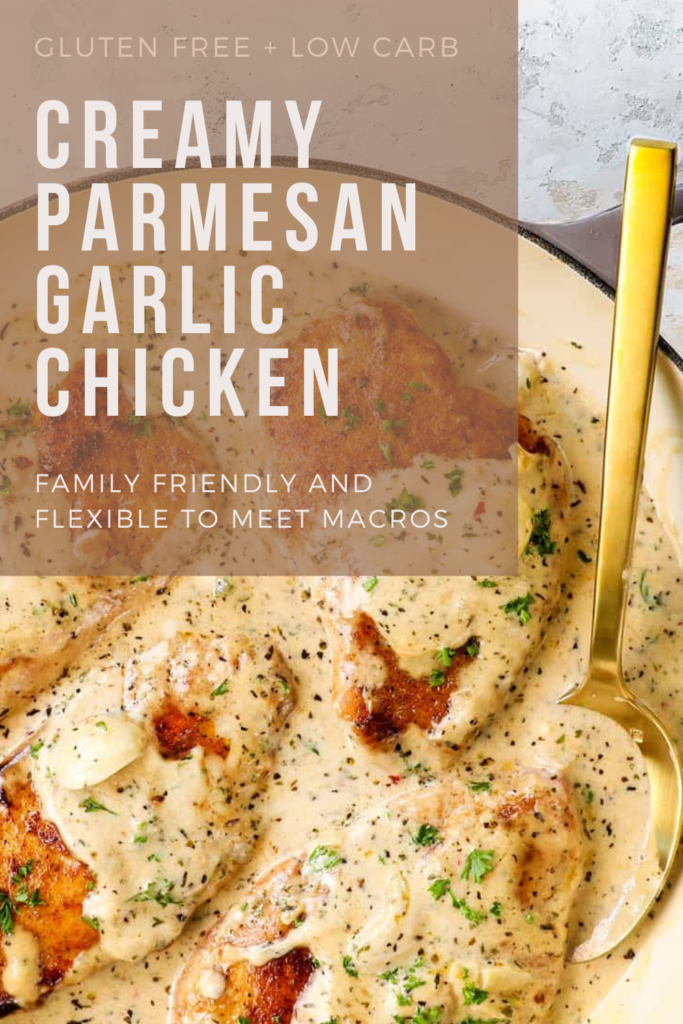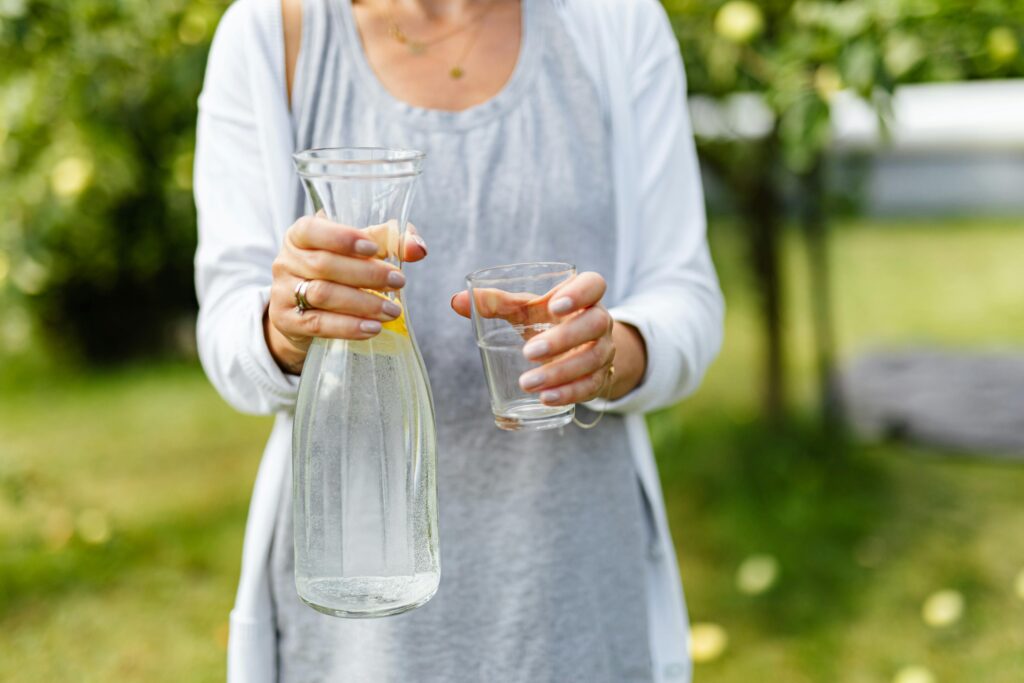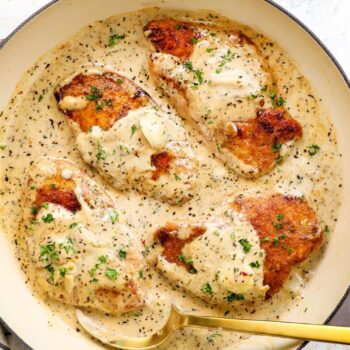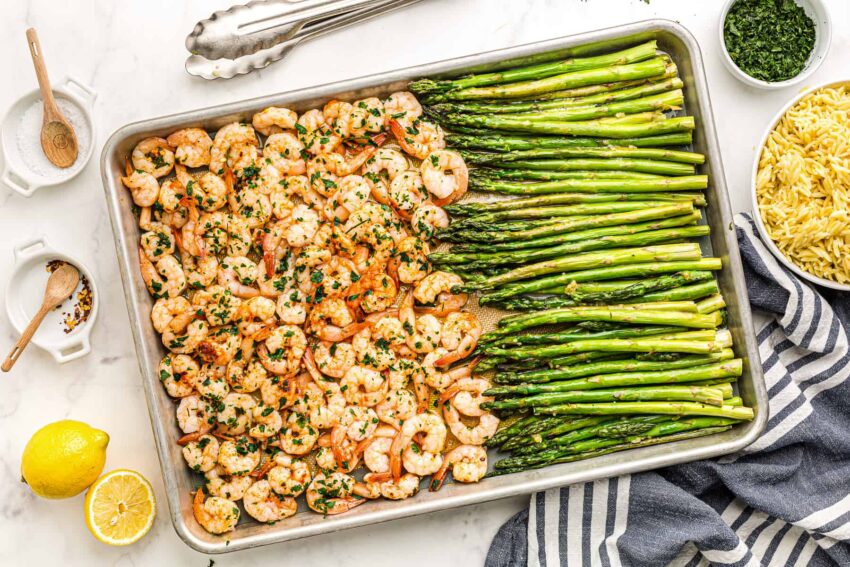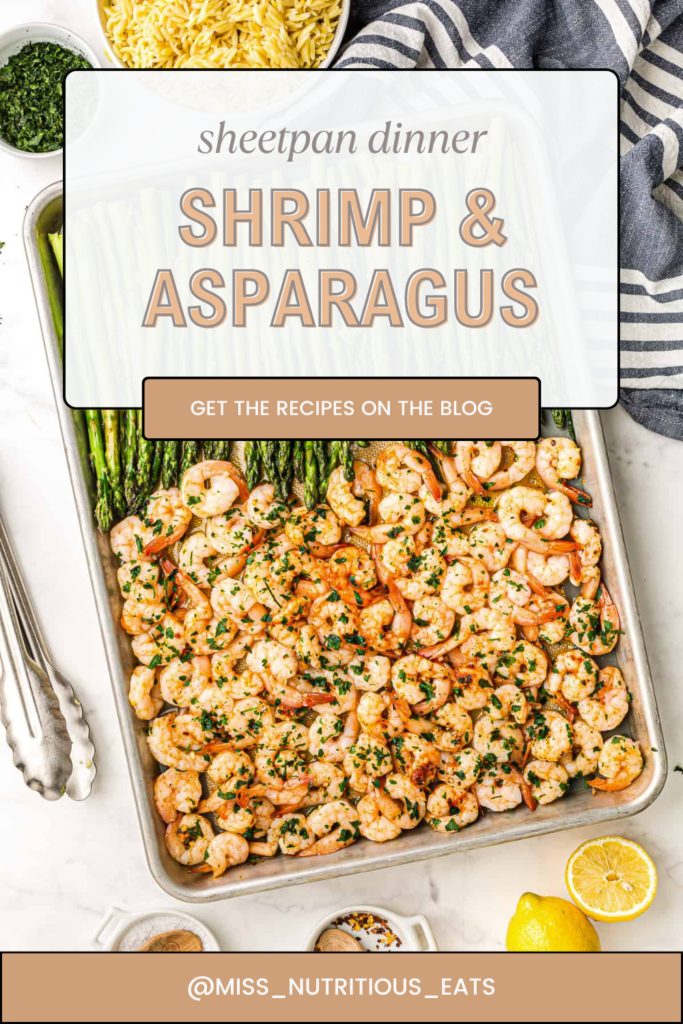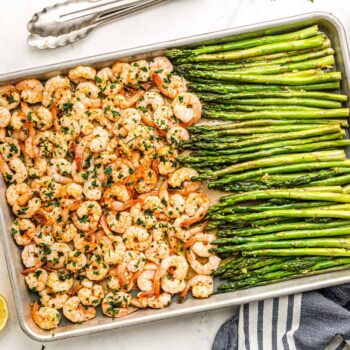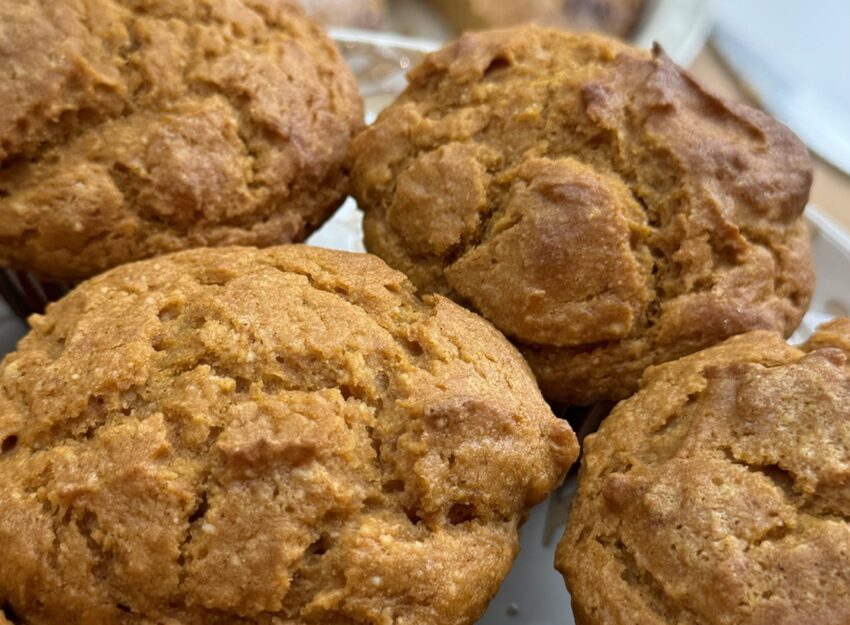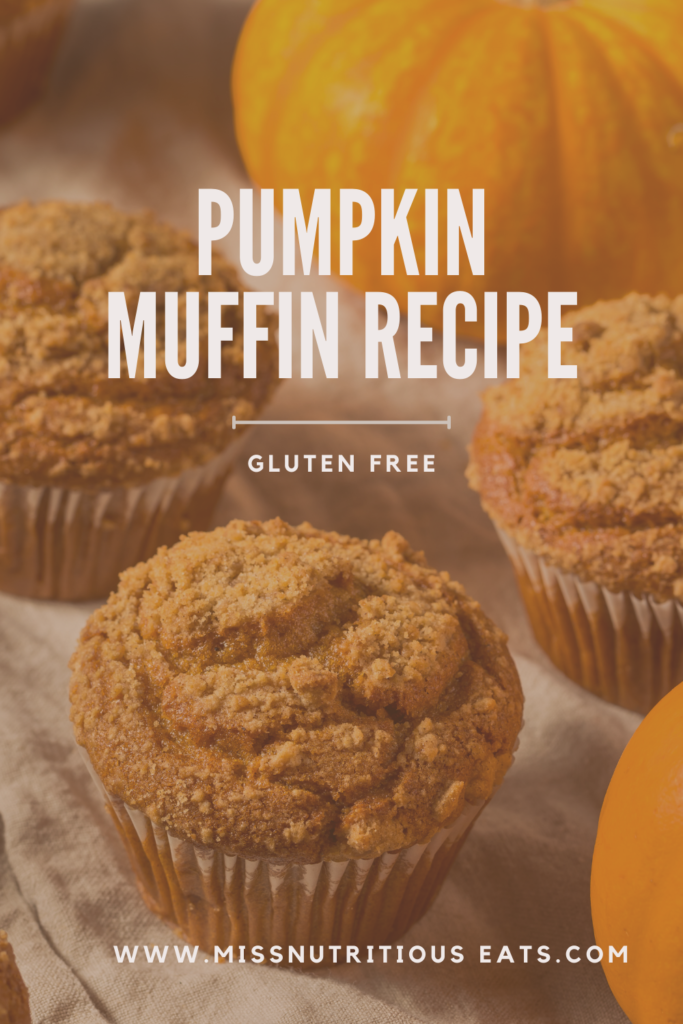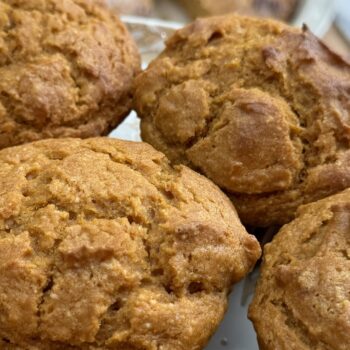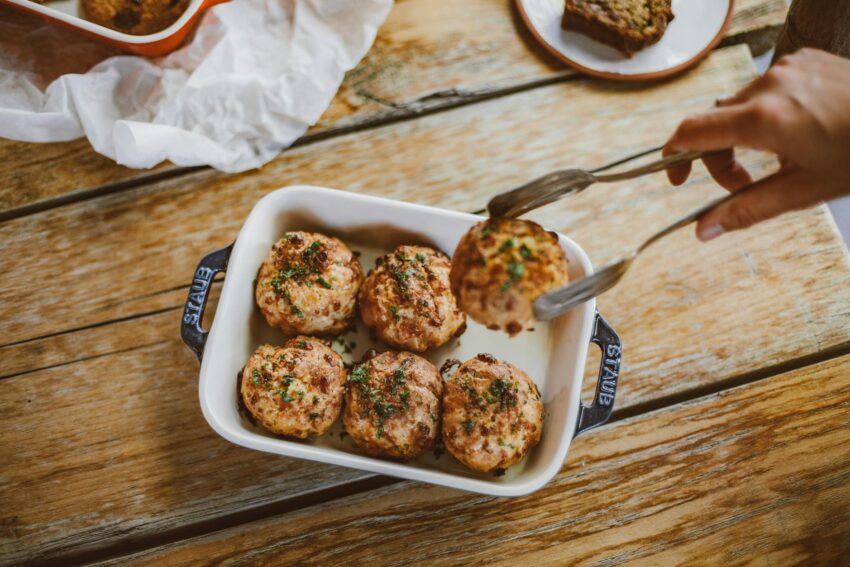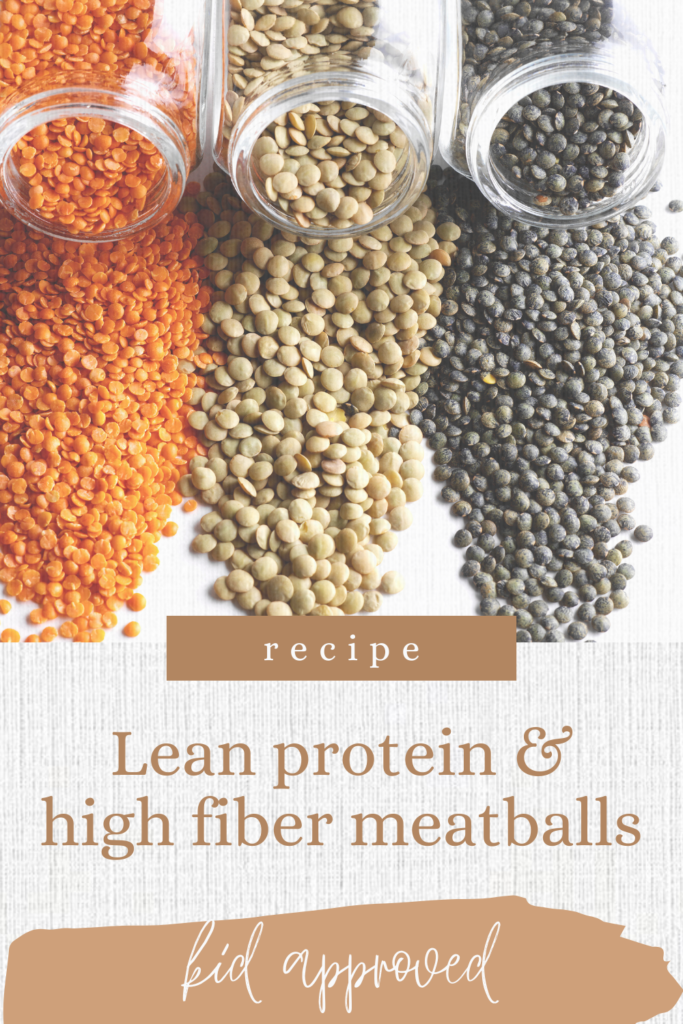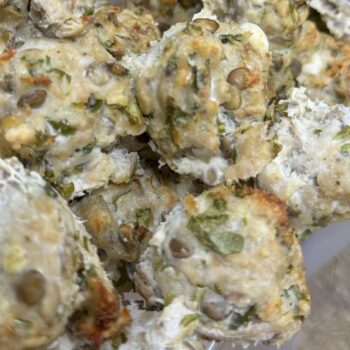Healthy holiday brussels sprouts with cranberries
Need an addictive side dish this holiday season? This Brussels sprouts recipe uses a combo of simple ingredients to turn this mini cabbage into your favorite vegetable. Just try it, trust me! You will be so happy you have this recipe in your back pocket.
Table of contents
😍 Why You’ll Love Perfect Roasted Brussels Sprouts
If you’re looking for a simple yet delicious way to elevate your veggie game, this recipe is a must-try! With crispy edges, a golden-brown caramelized outside, and a tender inside, these little bites of goodness will become a family favorite. Tossed in olive oil, seasoned and roasted to crispy perfection, they’re a perfect side dish for any meal. Ready in under 30 minutes, they’re as easy to make as they are addictive!
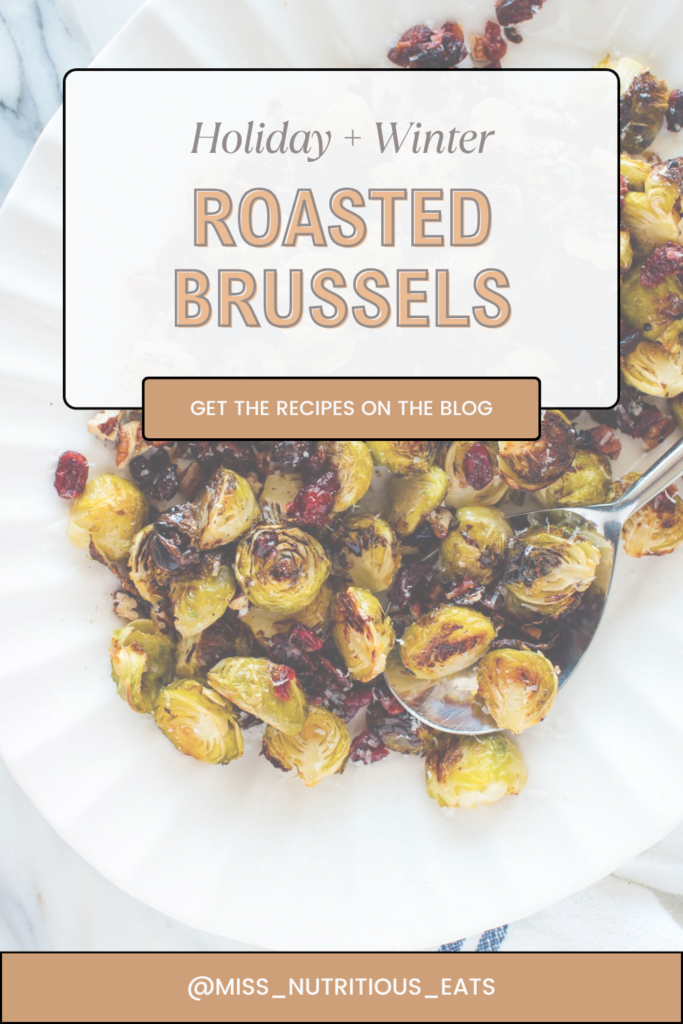
🗒️ Ingredients
- Brussels sprouts, trimmed and halved – I will make these any time of year, but if you can find them still on the stalk, grab them!
- olive oil – no need for extra virgin olive oil since we’re going to cook it. Save your EVOO for drizzling.
- sea salt
- black pepper
- dried cranberries – pomegranate seeds can be used too. To limit added sugars look for unsweetened dried cranberries.
- pecans – use walnuts or even pine nuts if that is what you have on hand.
- balsamic glaze (optional) – use your homemade balsamic reduction if you’ve got it!
👩🍳 How to Make My Perfect Roasted Brussels Sprouts
Step 1: Prep Your Sprouts
Start by grabbing some fresh Brussels sprouts from your grocery store or farmer’s market. Trim the ends and halve the larger sprouts to ensure even cooking. Rinse them under cold water and pat dry with a paper towel.
Step 2: Season the Sprouts
In a large bowl, toss the halved Brussels sprouts with olive oil, sea salt, and freshly ground black pepper. This simple combination enhances the natural sweetness of the Brussels sprouts and reduces their bitter taste.
Step 3: Roast for Perfection
Preheat the oven to the ideal oven temperature of 400°F (200°C). Line a half sheet pan or large baking sheet with parchment paper for easy cleanup. Spread the Brussels sprouts in a single layer, cut sides down, to promote even cooking and achieve that perfect balance of crispiness and tenderness. Roast for 20-25 minutes of cook time, flipping halfway through. The goal is to achieve a golden brown finish.
Step 4: Add Flavors
While the Brussels sprouts are still warm, sprinkle dried cranberries and chopped pecans over the top. The cranberries add a touch of natural sweetness, while the pecans contribute a delightful crunch.
Step 5: The Finishing Touch
Drizzle with tangy balsamic glaze for an extra layer of flavor. If you prefer a more savory taste, consider adding crispy bacon bits or a sprinkle of parmesan cheese for a next-level dish.
Step 6: Serve and Enjoy!
Transfer your roasted Brussels sprouts to a serving platter or bowl. This flavorful side dish pairs well with roast meat, green beans, or your favorite main courses. It’s the perfect recipe to bring to a holiday party or Christmas dinner.
💡 Gluten-Free? Read This!
If you’re following a gluten-free diet, know that brussels sprouts and all other green vegetables are naturally gluten free! And this recipe contains naturally gluten-free ingredients. Just ensure your balsamic glaze and any additional toppings like bacon bits or parmesan cheese are labeled gluten-free to maintain the integrity of the dish.
📓 Best Served With
Perfect Roasted Brussels Sprouts pair marvelously with roast lamb, turkey or chicken. Serve with roasted carrots for a classic meal. The will complement any holiday spread, especially if you serve with my baked kale salad.
For dessert you may like these festive cranberry bars 🙂
👝 How to Store Leftovers
If you have leftovers, store them in an airtight container in the fridge. They can be reheated easily on the stove top or air fryer for a quick weeknight dinner side.
Join my next 6 week challenge!
Tired of endless diets and no results? Join the FASTer Way to Fat Loss and see real, sustainable changes in just 6 weeks!

🔍 Nutrition Benefits
High in Fiber: Brussels sprouts provide 4g of fiber per cup, aiding digestion and promoting satiety.
Rich in Vitamins: They are an excellent source of vitamin C (120% DV) and vitamin K (200% DV), supporting immune and bone health.
Good Protein Source: With 3g of protein per cup, Brussels sprouts contribute to muscle repair and should be a go to for plant forward eaters.
Packed with Antioxidants: Contain glucosinolates and flavonoids that fight inflammation and may reduce cancer risk.
Mineral-Rich: Provide essential minerals like folate, potassium, manganese, and iron for optimal body function.
Low in Carbs: With only 8g of carbs per cup, they’re ideal for low-carb diets and blood sugar control.
🧠 Common Questions
1. Can I make these ahead of time?
Yes, you can prep the ingredients in advance and roast when needed. Perfect for Thanksgiving dinner?
2. What if I don’t have balsamic glaze?
No problem! Mix a bit of maple syrup or a little honey with a splash of lemon juice or apple cider vinegar for a tangy finish.
3. How can I add more sweetness?
Top with pomegranate seeds for color and pop of flavor.

Roasted Brussels Sprouts
Ingredients
- 1 lb Brussels sprouts trimmed and halved
- 1 tbsp olive oil
- 1/2 tsp sea salt
- 1/4 tsp black pepper
- 1/4 cup dried cranberries
- 1/4 cup pecans roughly chopped
- 1 tbsp balsamic glaze optional
Instructions
- Preheat the oven to 400°F and line a baking sheet with parchment paper.
- In a large mixing bowl, toss the halved Brussels sprouts with olive oil, salt, and black pepper until they’re well-coated.
- Spread the Brussels sprouts in an even layer on the baking sheet and roast for 20-25 minutes, flipping halfway through, until they’re golden brown and crispy.
- Remove from the oven, and while they’re still warm, sprinkle cranberries and pecans over the top.
- Drizzle with balsamic glaze if desired, toss gently, and serve warm.
Nutrition

